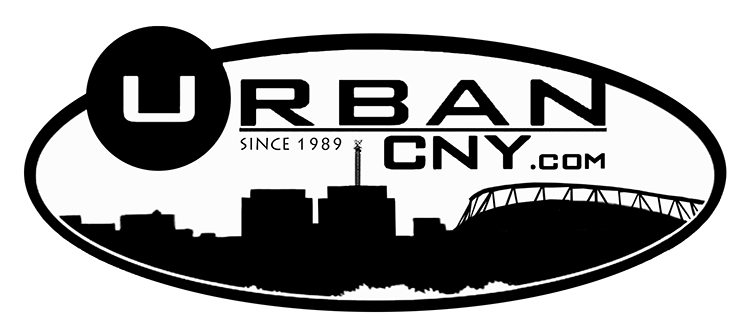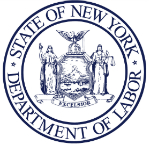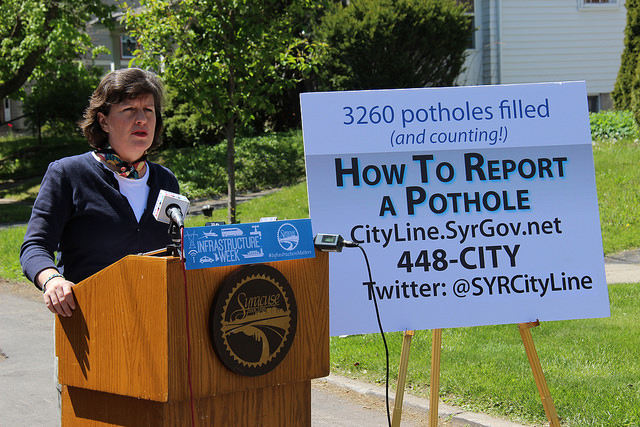NYS Economy Adds 13,300 Private Sector Jobs in April 2016, Reaches New Record High
Unemployment Rate Remains Below National Rate In April 2016, New York State’s private sector job count increased by 13,300, or 0.2%, to 7,905,500, a new record high, according to preliminary figures released today by the New York State Department of Labor. Since the beginning of Governor Andrew M. Cuomo’s administration, New York State’s economy has added 811,200 private sector jobs and experienced employment growth in 56 of the past 64 months. The statewide unemployment rate increased from 4.8% to 4.9% in April 2016. New York’s unemployment rate remains below the comparable national unemployment rate and well below the state’s April 2015 rate of 5.5%. The State’s private sector job count is based on a payroll survey of 18,000 New York employers conducted by the U.S. Department of Labor’s Bureau of Labor Statistics. Monthly payroll employment estimates are preliminary and subject to revision as more data becomes available the following month. The federal government calculates New York State’s unemployment rate based partly upon the results of the Current Population Survey, which contacts approximately 3,100 households in New York State each month. “New York State’s labor market continued to strengthen in April 2016, reaching a new record high in private sector jobs as the state’s growth outpaced national job growth for the month,” said Bohdan M. Wynnyk, Deputy Director of the Division of Research and Statistics. Note: Seasonally adjusted data are used to provide the most valid month-to-month comparison. Non-seasonally adjusted data are valuable in year-to-year comparisons of the same month – for example, April 2015 versus April 2016. U.S. and New York State: March – April 2016 1) Jobs data (seasonally adjusted): The table below compares the over-the-month change in total nonfarm and private sector jobs in the United States and New York State in March-April 2016. Change in Total Nonfarm and Private Sector Jobs March – April 2016 Change in Total Nonfarm Jobs: (private sector + government) Change in Private Sector Jobs: Net % Net % United States +160,000 +0.1% +171,000 +0.1% New York State +10,400 +0.1% +13,300 +0.2% 2) Unemployment rates (seasonally adjusted): The State’s unemployment rate is calculated by the U.S. Bureau of Labor Statistics, using a statistical regression model that primarily uses the results of the Current Population Survey, which contacts approximately 3,100 households in New York State each month. In March-April 2016, the statewide unemployment rate increased from 4.8% to 4.9%. The number of unemployed New Yorkers increased from 475,300 in March to 476,800 in April 2016. Unemployment Rates (%)* *Data are preliminary and subject to change, based on standard procedures outlined by the U.S. Bureau of Labor Statistics. April 2016* March 2016 April 2015 United States 5.0 5.0 5.4 New York State 4.9 4.8 5.5 New York City 5.4 5.5 5.9 NYS, outside NYC 4.4 4.4 5.2 U.S., New York State and Metro Areas: April 2015 – April 2016 1) Jobs data (not seasonally adjusted): The table that follows compares the over-the-year change in total nonfarm and private sector jobs that occurred in the United States, New York State and metro areas within the State between April 2015 and April 2016. Change in Total Nonfarm and Private Sector Jobs April 2015 – April 2016 Change in Total Nonfarm Jobs: (private sector + government) Change in Private Sector Jobs: Net % Net % United States +2,658,000 +1.9% +2,566,000 +2.2% New York State +121,300 +1.3% +114,400 +1.5% Albany-Schenectady-Troy -1,100 -0.2% -800 -0.2% Binghamton -600 -0.6% -300 -0.4% Buffalo-Niagara Falls +3,100 +0.6% +2,200 +0.5% Dutchess-Putnam +2,200 +1.5% +1,900 +1.6% Elmira -400 -1.0% -400 -1.2% Glens Falls +1,100 +2.1% +800 +1.9% Ithaca -600 -0.8% -500 -0.8% Kingston +800 +1.3% +1,100 +2.4% Nassau-Suffolk +14,700 +1.1% +11,500 +1.0% New York City +99,800 +2.4% +96,500 +2.6% Orange-Rockland-Westchester +16,100 +2.3% +14,600 +2.5% Rochester -2,000 -0.4% -1,600 -0.4% Syracuse +1,800 +0.6% +1,100 +0.4% Utica-Rome +900 +0.7% +700 +0.7% Watertown-Fort Drum +900 +2.2% +900 +3.1% Non-metro Counties +1,300 +0.3% +600 +0.2% Job highlights since April 2015: Over the past year, private sector jobs grew most rapidly in these metro areas in New York State: o Watertown-Fort Drum (+3.1%) o New York City (+2.6%) o Orange-Rockland-Westchester (+2.5%) o Kingston (+2.4%) o Glens Falls (+1.9%) Between April 2015 and April 2016, five metropolitan areas in the state – Elmira (-1.2%), Ithaca (-0.8%), Binghamton (-0.4%), Rochester (-0.4%) and Albany-Schenectady-Troy (-0.2%) – lost private sector jobs. Change in jobs by major industry sector: April 2015 – April 2016 1) Jobs data (not seasonally adjusted): The table below compares the over-the-year change in jobs by major industry sector in New York State occurring between April 2015 and April 2016. Change in Jobs by Major Industry Sector April 2015 – April 2016 *Educational and health services is in the private sector. Government includes public education and public health services. Sectors With Job Gains: Educational & Health Services* +42,500 Leisure & Hospitality +16,000 Professional & Business Services +13,900 Construction +11,400 Other Services +10,500 Trade, Transportation & Utilities +8,300 Financial Activities +7,400 Government* +6,900 Information +6,200 Sectors With Job Losses: Manufacturing -1,600 Natural Resources & Mining -200 Highlights among NYS sectors with job gains since April 2015: Private educational and health services added the most jobs (+42,500) of any major industry sector over the past year. Sector job gains were mostly in health care and social assistance (+43,800), especially ambulatory health care services (+21,500). Leisure and hospitality had the second largest increase in jobs (+16,000) between April 2015 and April 2016. Over the past year, sector job gains were mostly in accommodation and food services (+13,900), especially food services and drinking places (+15,600). The third largest employment increase over the past year occurred in professional and business services (+13,900), with sector gains centered in professional, scientific and technical services (+14,500), especially advertising and related services (+5,400). Highlights among NYS sectors with job losses since April 2015: Over the past 12 months, manufacturing lost the most jobs (-1,600) of any major industry sector in New York. Job losses were focused in durable goods (-2,600), especially fabricated metal products (-4,100).















